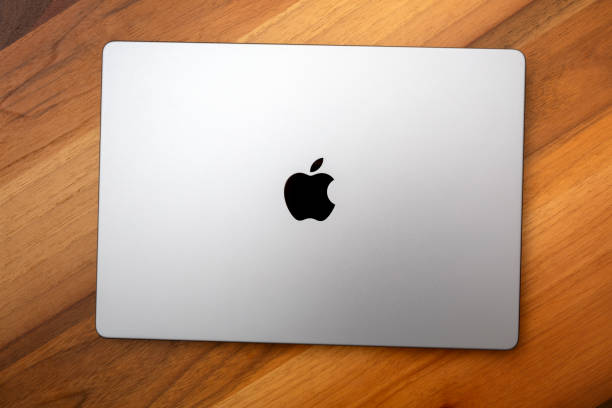On the off chance that you’re a Mac client, you’ve probably wound up expecting to take a screenshot eventually. Whether you want to capture an image for work, school, or personal use, taking screenshots on a Mac is speedy and easy. In this article, we’ll investigate how to take a screenshot on a Mac, the various techniques available, and a few supportive tips to enhance your screenshot-taking experience.
The Basics of Taking a Screenshot on a Mac
With regards to taking a screenshot on a Mac, there are several inherent easy routes that make it basic. These easy routes give you adaptability, allowing you to capture your whole screen, a particular window, or a chose portion of your screen. Here is a breakdown of the most common strategies:
Capture the Whole Screen
To capture the whole screen, press Command (⌘) + Shift + 3. This will take a screenshot of everything noticeable on your screen. The screenshot will be saved as a document on your desktop as a matter of course.
Capture a Chose Portion of the Screen
If you want to capture only a particular part of your screen, press Command (⌘) + Shift + 4. This will change the cursor into a crosshair. Snap and drag to choose the area you want to capture. Once you release the mouse button, the screenshot will be saved to your desktop.
Capture a Particular Window
To take a screenshot of a particular window, press Command (⌘) + Shift + 4, then, at that point, tap the Spacebar. The cursor will change to a camera icon. Drift over the window you want to capture and snap. The screenshot will incorporate only that window and will be saved to your desktop.
Saving and Organizing Screenshots
Of course, screenshots taken on a Mac are saved to the desktop. The record name will incorporate the date and time, making it easy to recognize when the screenshot was taken. In the event that you’d like to save your screenshots in an alternate location, macOS allows you to change the default save location.
To do as such:
Press Command (⌘) + Shift + 5 to raise the screenshot toolbar.
Click Options and pick your favored save location (Desktop, Archives, Clipboard, and so forth.).
Alternatively, you can squeeze Control while taking a screenshot to save the screenshot to your clipboard instead of to your desktop. This allows you to easily paste it into records or different applications.
The Screenshot Toolbar
In macOS Mojave and later, the Command (⌘) + Shift + 5 alternate route raises the screenshot toolbar, offering additional options. This toolbar allows you to:
Capture the whole screen or a chose portion.
Record your screen (video capture).
Pick the save location for your screenshots.
Set a clock for taking a screenshot (either 5 seconds or 10 seconds).
The toolbar gives an easy to understand interface to tweaking your screenshots and screen accounts.
Altering and Annotating Screenshots
After taking a screenshot on a Mac, you can easily alter or annotate it utilizing the inherent Review app or the Markup tool. At the point when you take a screenshot, a small thumbnail will appear toward the side of your screen. Click the thumbnail to open it in the Markup tool, where you can trim, draw, add text, or feature sections of the image. Once you’re done altering, you can save the changes.
Involving Outsider Apps for Advanced Features
While macOS offers phenomenal implicit tools for screenshots, there are also outsider applications that give additional features. The absolute most popular apps for advanced screenshot needs include:
Snagit: Offers broad screenshot and screen recording features, along with strong altering tools.
CleanShot X: A feature-rich screenshot tool with annotations, looking over capture, and distributed storage integration.
These apps can enhance your work process assuming you require more customization or explicit functionality for capturing screenshots.
Conclusion
Taking a screenshot on a Mac is straightforward and convenient, with several implicit easy routes and tools to assist you with capturing exactly what you want. Whether you’re taking a fast snapshot of your screen or recording a video, macOS offers a variety of options for productive screenshot management. By mastering how to take a screenshot on a Mac, you can make your work process smoother and share images and information rapidly.


